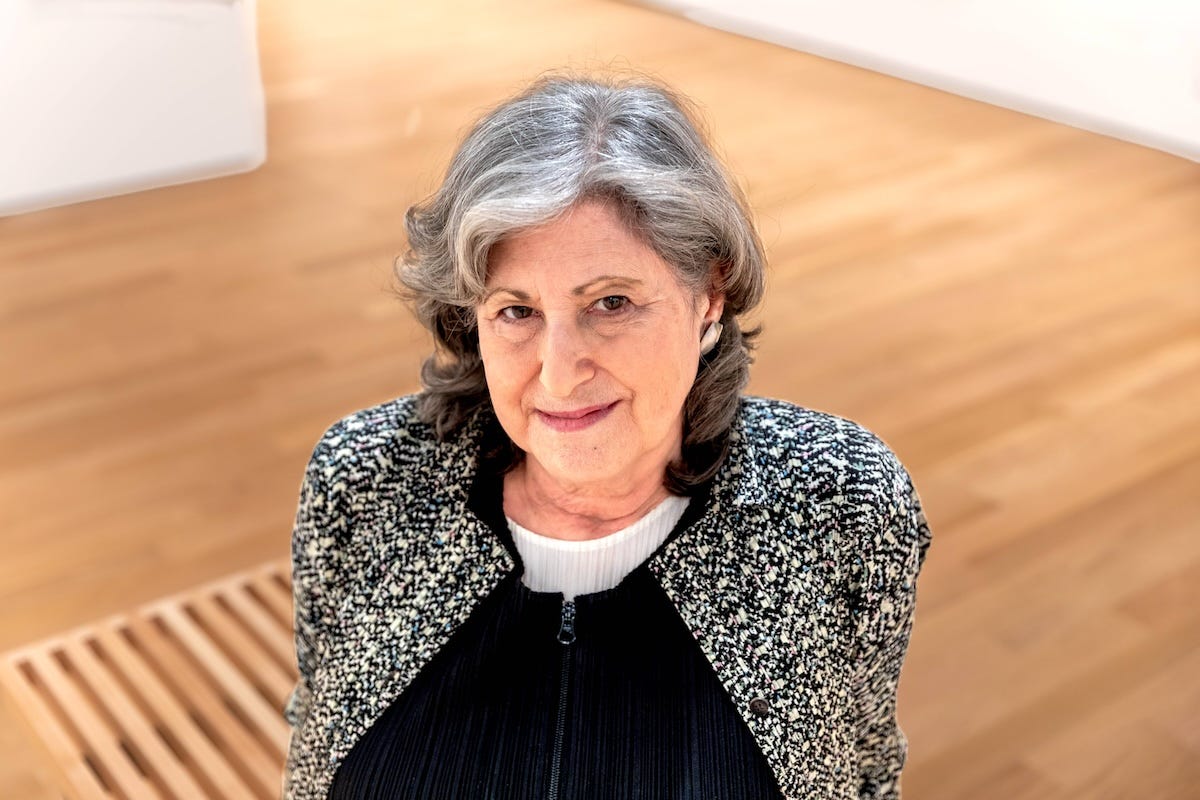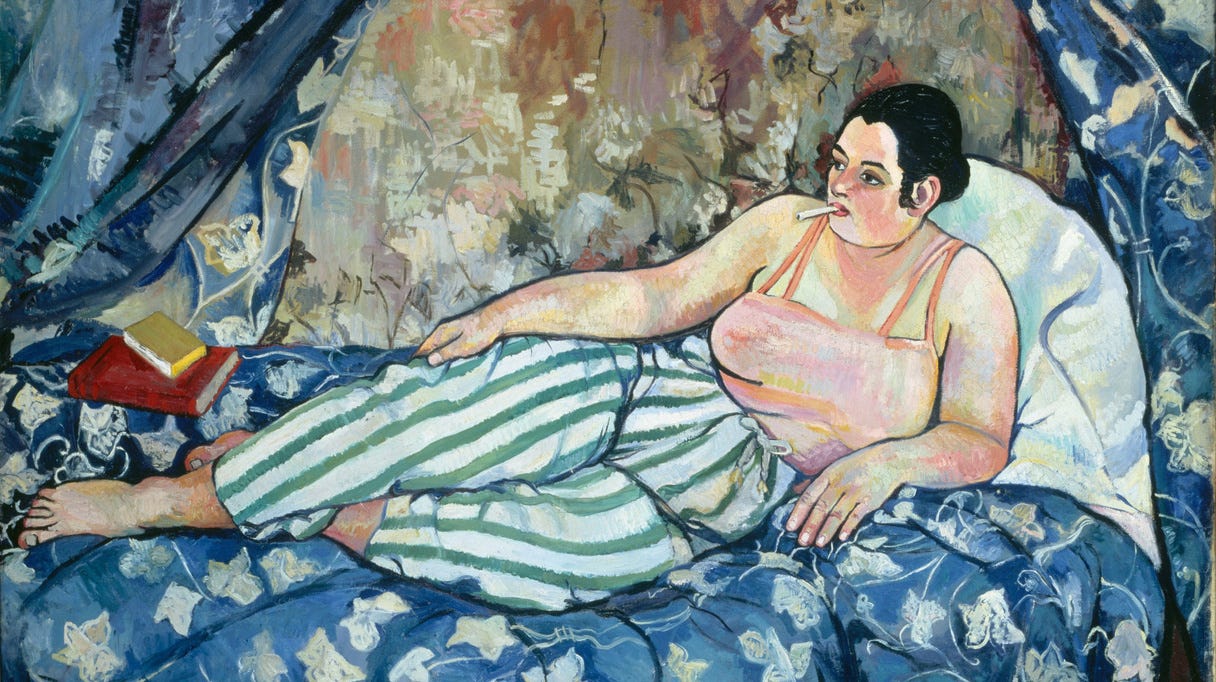My favorite exhibition of 2025: Berthe Weill
A conversation with co-curator Lynn Gumpert on the nearly-forgotten French art dealer and bringing the show to Paris at L'Orangerie
I really enjoyed the David Hockney exhibition at the Fondation Louis Vuitton this summer. I loved the Berthe Weill: Galeriste d’avant-garde show at the Musée de l’Orangerie.
I didn’t know who Berthe Weill was, much like the late American gallerist Julie Saul when she came across the name B.Weill, the French Jewish gallerist and dealer of emerging artists, while reading Making Modernism: Picasso and the Creation of the Market for Twentieth Century Art by Michael C. Fitzgerald, released in 1995. The era’s most remembered dealers, like Ambroise Vollard, Daniel-Henry Kahnweiler and Paul Rosenberg, were familiar to her but Weill? Was this yet another forgotten woman of history?
Absolutely, as Saul would discover in Weill’s self-published memoir Pan! Dans l’oeil (POW! Right in the Eye!) which she tracked down at MoMA’s PS1 library.
Weill’s pioneering little gallery at 25 rue Victor-Massé in Pigalle (and several other addresses) made history three times: in 1900, she became Picasso’s inaugural dealer and the first to sell his work; fourteen years later, she mounted Diego Rivera’s first one-man exhibition in the French capital; and in 1917, she achieved what no other gallerist did and staged a solo exhibition for Modigliani while he was still alive.
But she was a self-described “terrible businesswoman” who didn’t charge enough for the artists’ work and would later see herself dropped by many of them after nascent success to sign with more established dealers. Born poor, the petite and little-educated woman came up in the art world throughout the Dreyfus affair when antisemitism was mounting, had to close the gallery entirely during the occupation and go into hiding, and ultimately died poor.
Place aux Jeunes (Make way for young people), was the motto she stayed committed to throughout her forty-year career, despite facing the era’s many hurdles and persecutions. She would support nearly 300 artists in her time but never got her dues until Saul sat down with Lynn Gumpert, an American art consultant who retired earlier this year from New York University’s Grey Art Museum where she served as director for 28 years, and plotted a translation for Weill’s memoir. Pow! Right in the Eye was released in 2022 and was followed by an exhibition co-organized by The Grey Art Museum, the Montreal Museum of Fine Arts, and the Musée de l’Orangerie, highlighting her legacy through paintings, drawings, prints, and sculptures, some of which were displayed at one point in her gallery, alongside archival documents.
I met Lynn Gumpert by chance at a book signing in early October, then again at a chocolate event at Plaq (only in Paris!) after I saw the show, but finally sat down in her Parisian living room earlier this week to discuss the process of bringing this tremendous exhibition to life.
This conversation has been edited and trimmed for clarity.

This exhibition was essentially a decade in the making. What made it so complex?
It started with Berthe Weill’s memoir which was very complicated to read in French. She had no more than a ten-year-old’s education level and wrote as she spoke. Julie (Saul) and I agreed that it would need to be translated and annotated. We got Robert Parker, a mutual friend who does provenance research, on board and then discussed translation. Straight away I told her it sounded like this should be an exhibition, too. We got a grant to conduct initial research and start mounting the exhibition, also with the help of Marianne Le Morvan, who is the guest curator for the show at L’Orangerie—she has written two biographies on Berthe Weill and created the Berthe Weill archives. But then we needed museum partners.
You mentioned to me that conversations had begun early on with Laurence des Cars, currently director of the Louvre, when she was still overseeing L’Orangerie. She was interested in the show. What happened?



